Oh, how I love to raise Monarchs! Those striped larvae that transform themselves into lovely butterflies fascinate me. Watching them munch away on milkweed generates great joy and anticipation.
I’ve observed Monarch (Danaus plexippus) caterpillars morph into chrysalises countless times and am always mesmerized. It brings such pleasure to release butterflies that I’ve raised into my garden, especially when they linger.
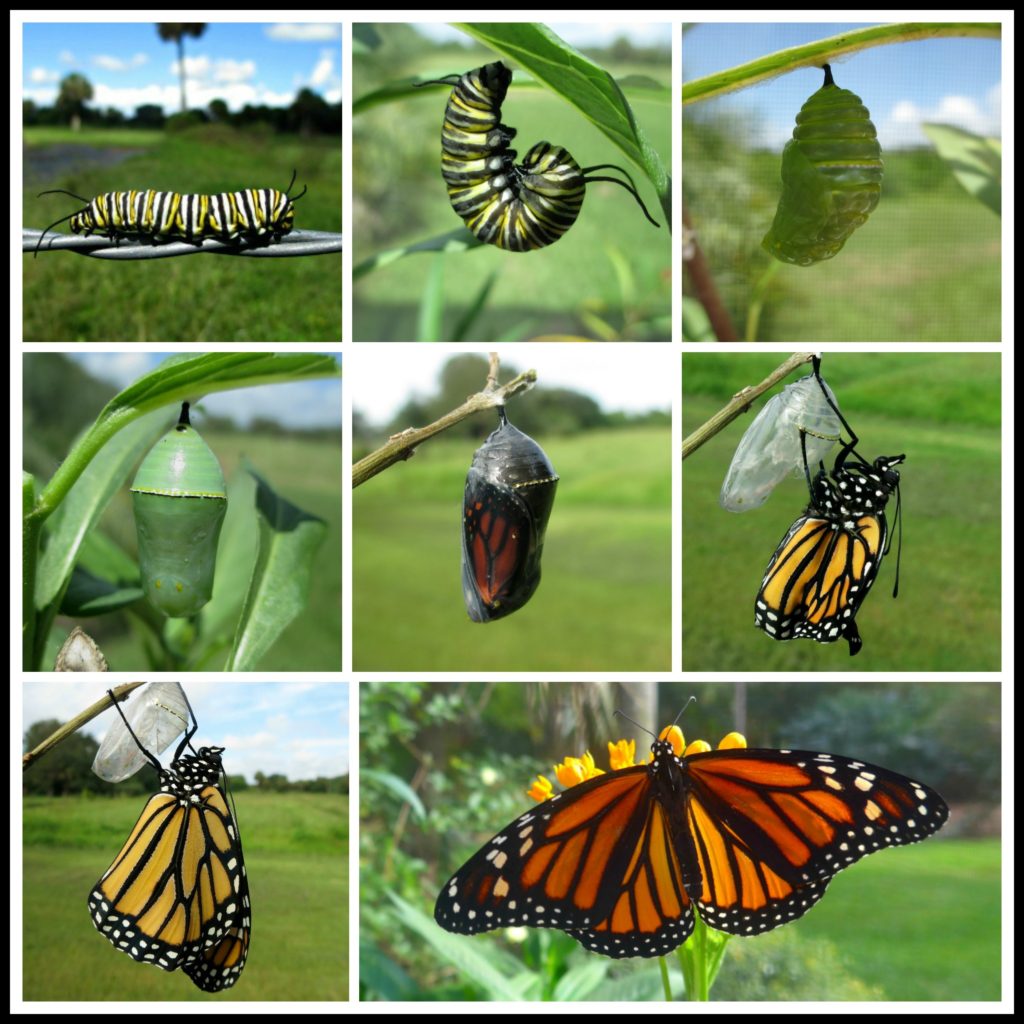
If you want to raise healthy Monarchs, you have to have milkweed (Asclepias spp.) and lots of it! Anyone who has ever raised Monarch butterflies has probably, at one point or another, run out of milkweed. I’ve driven 30 miles to the nearest reliable supplier to replenish milkweed for hungry caterpillars. It’s astonishing how much these caterpillars devour during their last two instars.
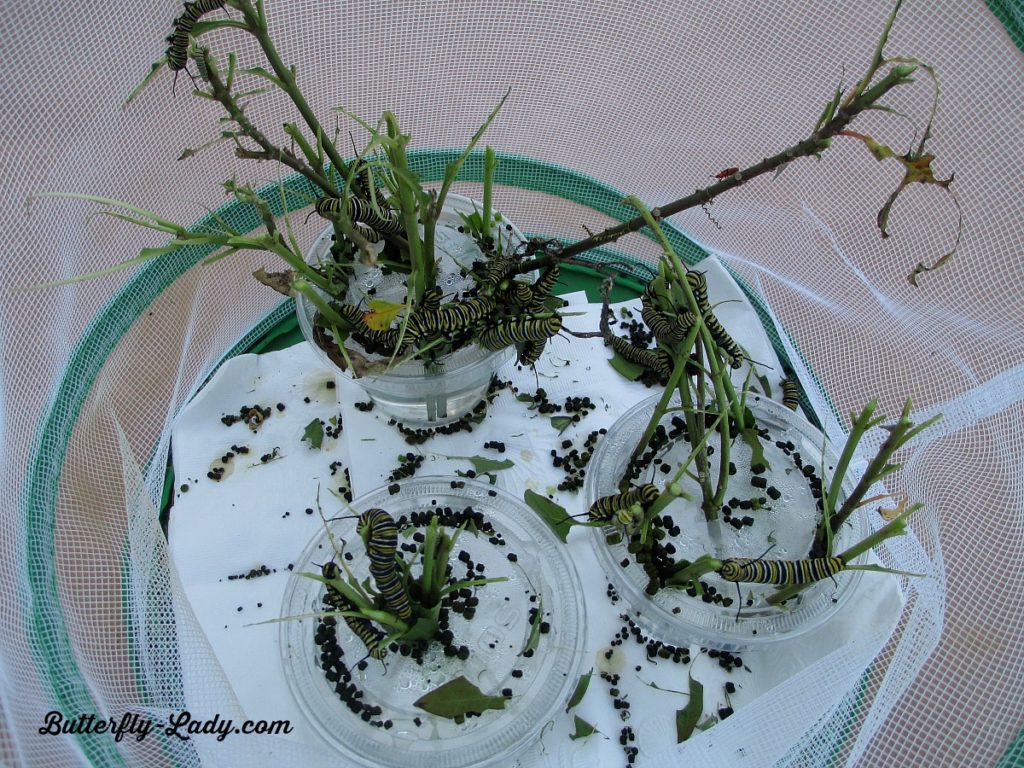
The best way to get milkweed is to grow it yourself. You have more control over the quantity and quality of your plants. That said, some species of milkweed can be a chore to grow.
Tropical Milkweed (Asclepias curassavica), on the other hand, is easy to grow from seed or propagate from cuttings. (Tropical Milkweed is also known as Scarlet Milkweed, Mexican Butterfly Weed, Bloodflower, Redhead, Cotton Bush and Wild Ipecacuanha.)

While Tropical Milkweed readily grows from seeds, if you already have stock in your garden, growing it from cuttings is the easiest and fastest way to expand the number of milkweed plants needed to feed your hungry caterpillars.

Once the Monarch caterpillars have stripped the milkweed plant of all its leaves, cut the stems by pruning the plant and leaving about 5-6 inches (12-15 cm) of stems on the plant. It is painful, I know. But, this is actually a very good way to stimulate more growth and fullness of the plant.

Many Monarch experts also believe that by cutting back Milkweed, of any variety, it can reduce OE (Ophryocystis elektroscirrha) infections in Monarch butterfly populations. OE is a naturally-occurring protozoan parasite that can infect Monarch and Queen (Danaus gilippus) butterflies to the point of harming its hosts.
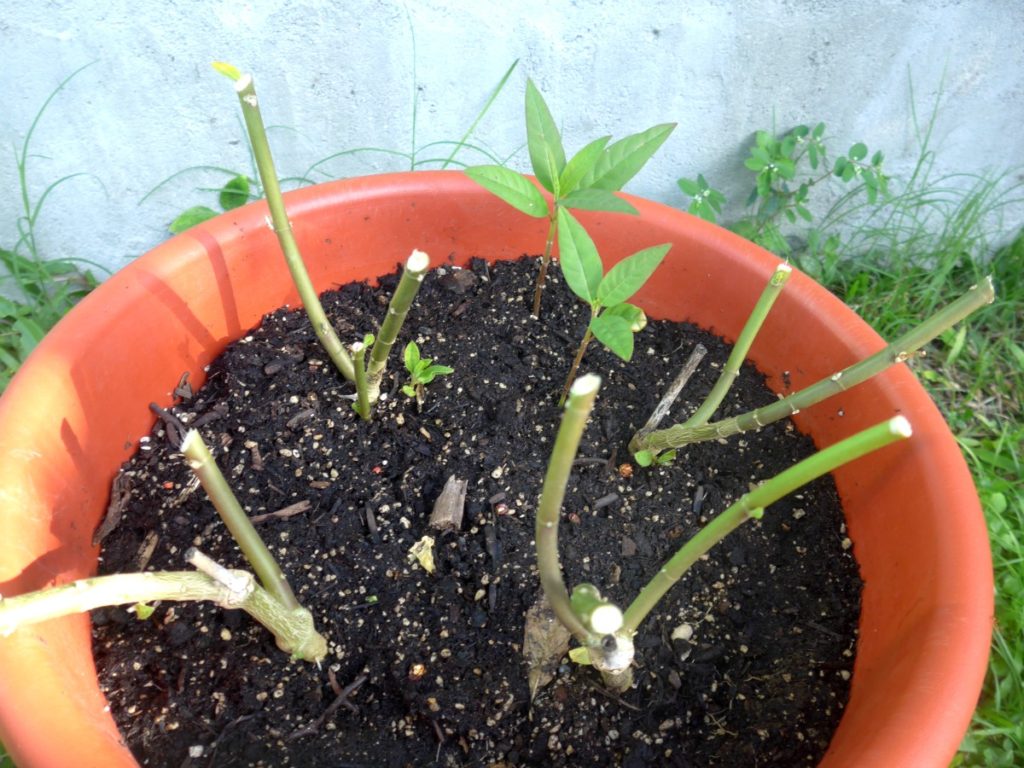
Even if you do not want to propagate new plants from stem cuttings, Tropical Milkweed should be pruned back on occasion, as it gets too “leggy” and ineffective at producing leaves and flowers. Also, I find that pruning Milkweed helps control and even eliminate Aphids (Aphididae spp.).
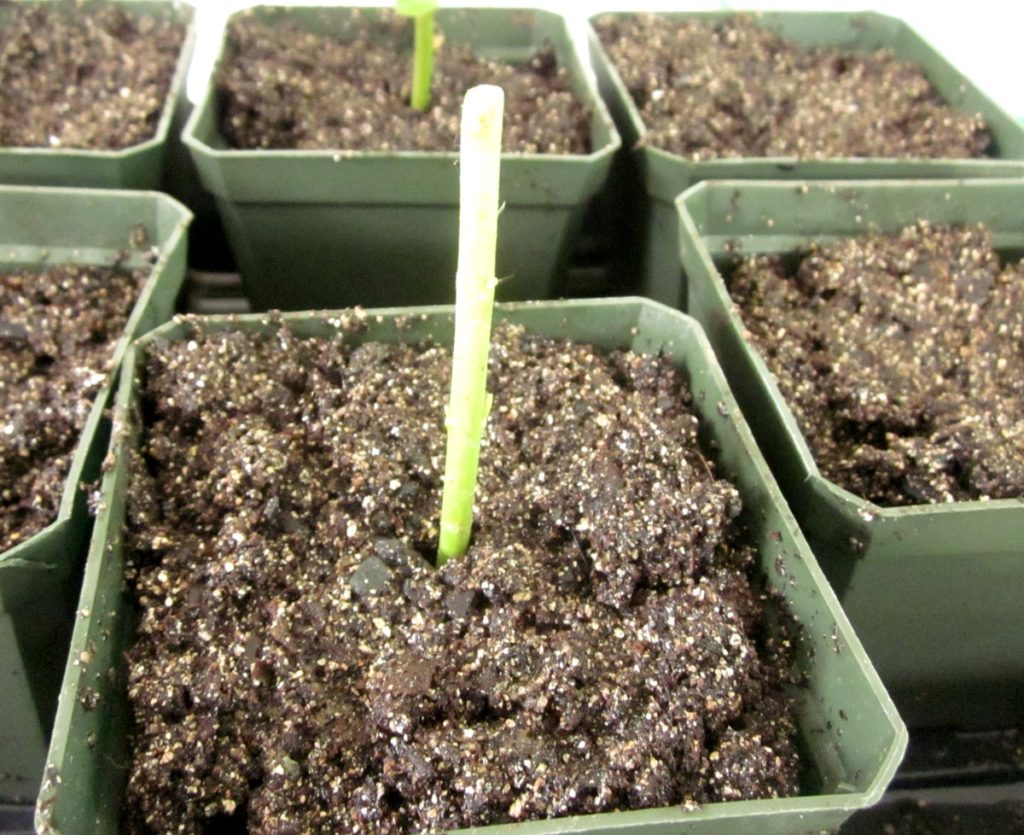
You can also place the stem cuttings in the water and soak them until they grow roots. The cuttings will grow leaves within a few days and roots in a week or two. However, you can transfer them directly to potting soil anytime. Just remember to keep the soil moist where you have planted the new stem cuttings. You can also speed up the growth by adding Miracle-Gro®, mixed half-strength each time you water.

I grow most of my Tropical Milkweed in pots. After two years, I retire them to a garden bed, removing them from their pots and trimming their roots lightly, because they can become root-bound. One season, I grew 200 plants from cuttings. It was a lot of work but I was able to feed hundreds of Monarch caterpillars!
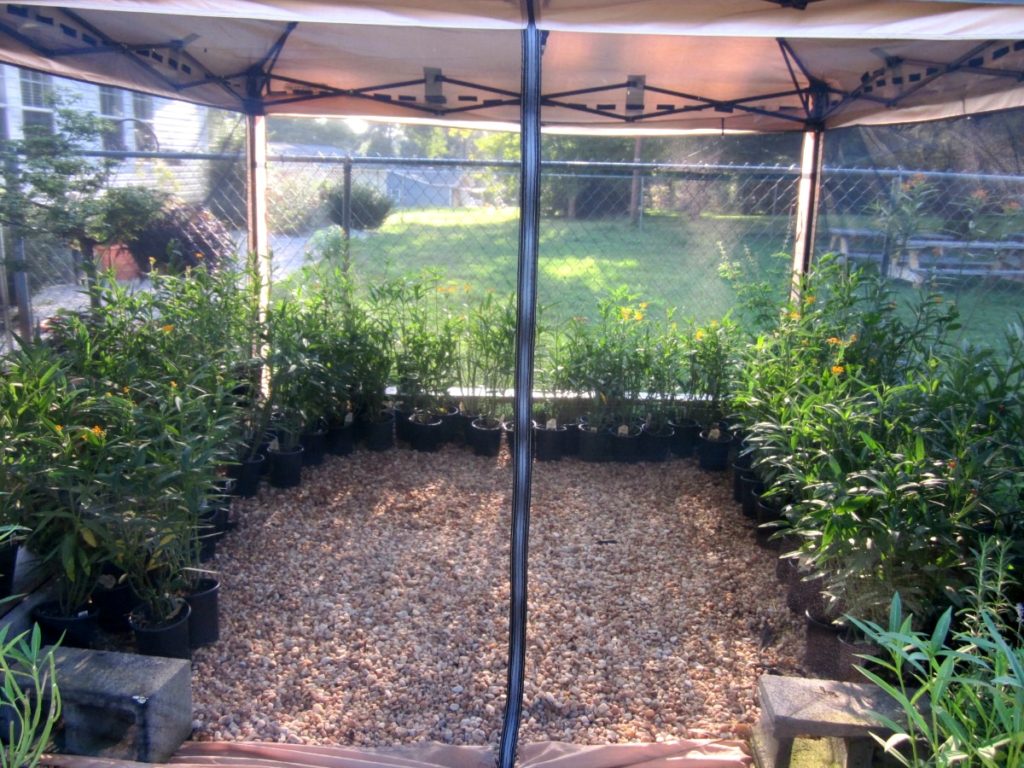
If you have a love affair with Monarchs and Milkweed like I do. There’s no cure. Accept it. Embrace it. Feed the passion and reap the joy!

